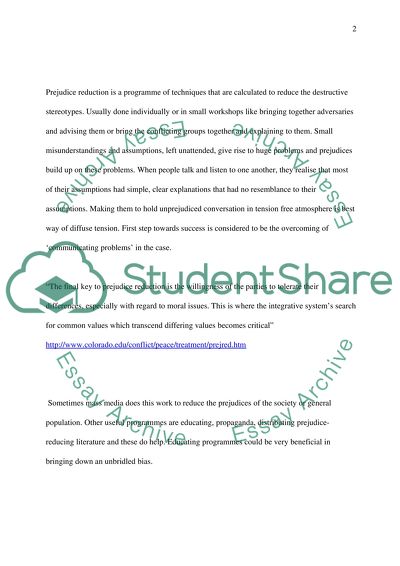Cite this document
(“Prejudice Reduction Essay Example | Topics and Well Written Essays - 1500 words”, n.d.)
Retrieved from https://studentshare.org/psychology/1508964-prejudice-reduction
Retrieved from https://studentshare.org/psychology/1508964-prejudice-reduction
(Prejudice Reduction Essay Example | Topics and Well Written Essays - 1500 Words)
https://studentshare.org/psychology/1508964-prejudice-reduction.
https://studentshare.org/psychology/1508964-prejudice-reduction.
“Prejudice Reduction Essay Example | Topics and Well Written Essays - 1500 Words”, n.d. https://studentshare.org/psychology/1508964-prejudice-reduction.


